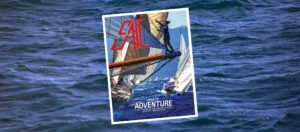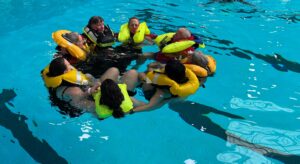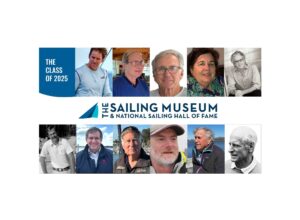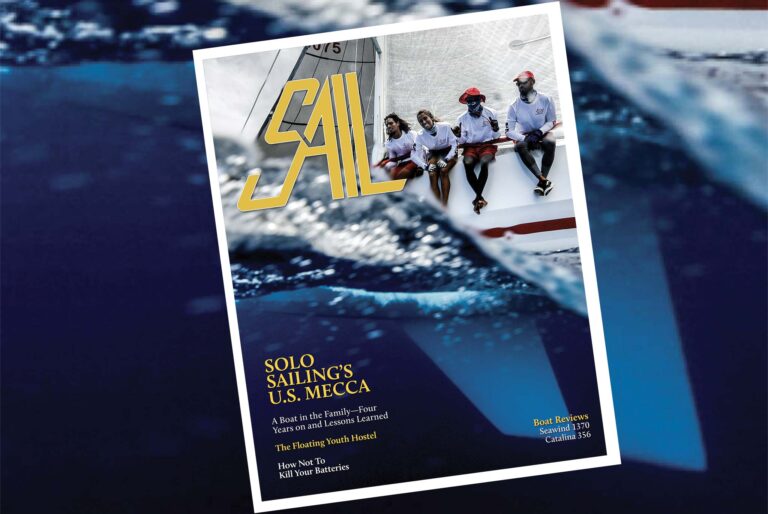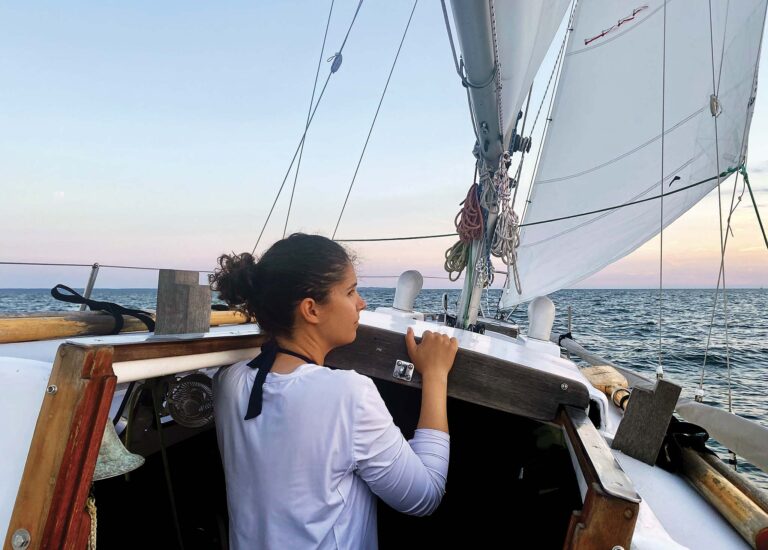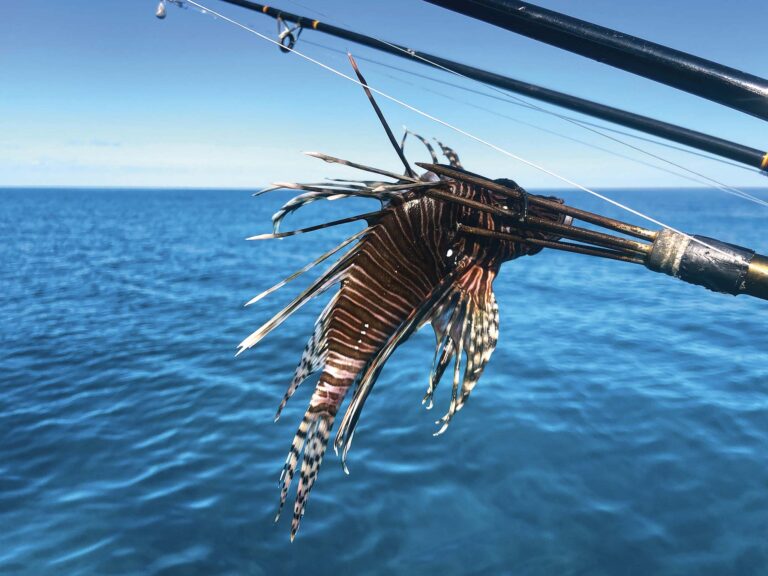To call Matt Rutherford an “adventurer” is an understatement. At 30, Rutherford has already biked through Southeast Asia, singlehandedly circumnavigated the Atlantic in a Pearson 323 (twice!) and embarked on a solo circumnavigation of the Americas. Having successfully made his way through the Northwest Passage this summer, Rutherford is now sailing south along the west coast of Alaska, aiming to complete the circle early next year.
A self-taught sailor, Rutherford began this journey on June 13. He left Annapolis, MD in the 27ft Albin-Vega, Saint Brendan, and steered for the Northwest Passage. Once considered largely inaccessible due to pack ice, this now-traversable waterway shuttled Rutherford through in late August, putting him on track to complete his 23,000-mile goal roughly 10 and a half months after embarking on it.
Throughout the journey, Rutherford has endured many frustrations, including damaged equipment, cockpit floods and sleepless nights provoked by fear of iceberg collisions. Still, he remains optimistic, saying, “Sailing is like that—hours and hours of nothing mixed with minutes of incredible excitement. Unfortunately, the excitement isn’t always good. When things break on a boat, it happens fast and without warning. But moments like seeing whales, catching a fish and watching the Milky Way at night make it all worthwhile.”
If Rutherford completes this circumnavigation, he will be the first to do so singlehandedly. We asked him to provide some insight into this incredible journey.
SAIL: Why the Northwest Passage?
MR: The NWP is incredibly difficult to traverse. Just because it’s open doesn’t mean ice isn’t a variable. Navigation is tough, the wind is light and you’re incredibly far from help should something go wrong. It was a big challenge, but I was both mentally and physically prepared. Besides, I like challenges.
SAIL: Why do you think the NWP is becoming more popular?
MR: There’s a correlation between these trips and global warming. Ten years ago, I couldn’t have navigated a 27-foot boat through the NWP, but today it’s entirely possible. Because of that, more and more cruisers are keen to check out this new cruising ground. I’m not sailing to shed light on global warming, but it certainly relates to why the NWP is getting more attention.
SAIL: How often and where will you stop to provision?
MP: I started with a year’s worth of freeze-dried food and a watermaker, so there’s really no reason to stop. In a sense, though, that makes things more difficult. Because I made that commitment, if the seas are tough, everyone else can go inside and grab a cold beer, but I have to heave-to and wait it out.
SAIL: What kind of navigational gear do you have on board?
MP: I have a GPS, a backup GPS and a backup to the backup GPS. I also use charts, a laptop and a Iridium satellite phone so I can email and blog.
SAIL: Tell us about your sponsor, Chesapeake Region Accessible Boating (CRAB), and your connection to it.
MR: CRAB makes sailing a reality for adults and children with disabilities. The founder is a paraplegic and recognizes that people dealing with disability can get easily depressed and something as simple as sailing makes all the difference. By sailing for CRAB, I’m trying to raise awareness and money to keep them strong.
SAIL: In addition to the actual circumnavigation, what do you hope to accomplish during these months?
MP: My biggest goals are to raise as much money for CRAB as is humanly possible, to make it back in one piece and to learn Spanish. You need to have things to keep your mind occupied out here!
SAIL: Who is your biggest inspiration?
MP: A lot of my heroes are Arctic and Antarctic explorers. I often read about expeditions that took place in both places.
To learn more about Rutherford’s journey, track his current position, or make a donation to CRAB, visit solotheamericas.org.

